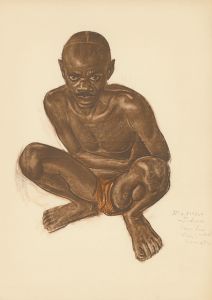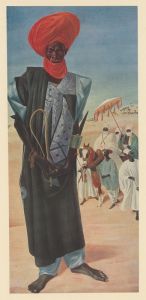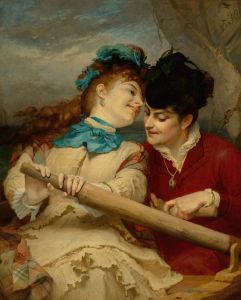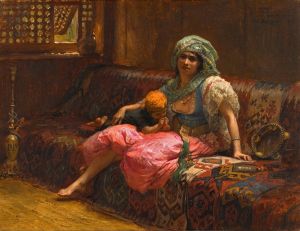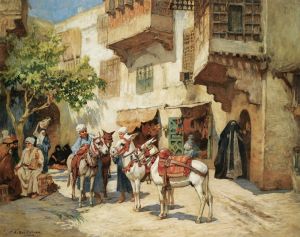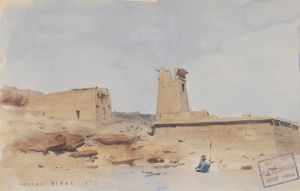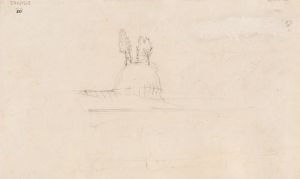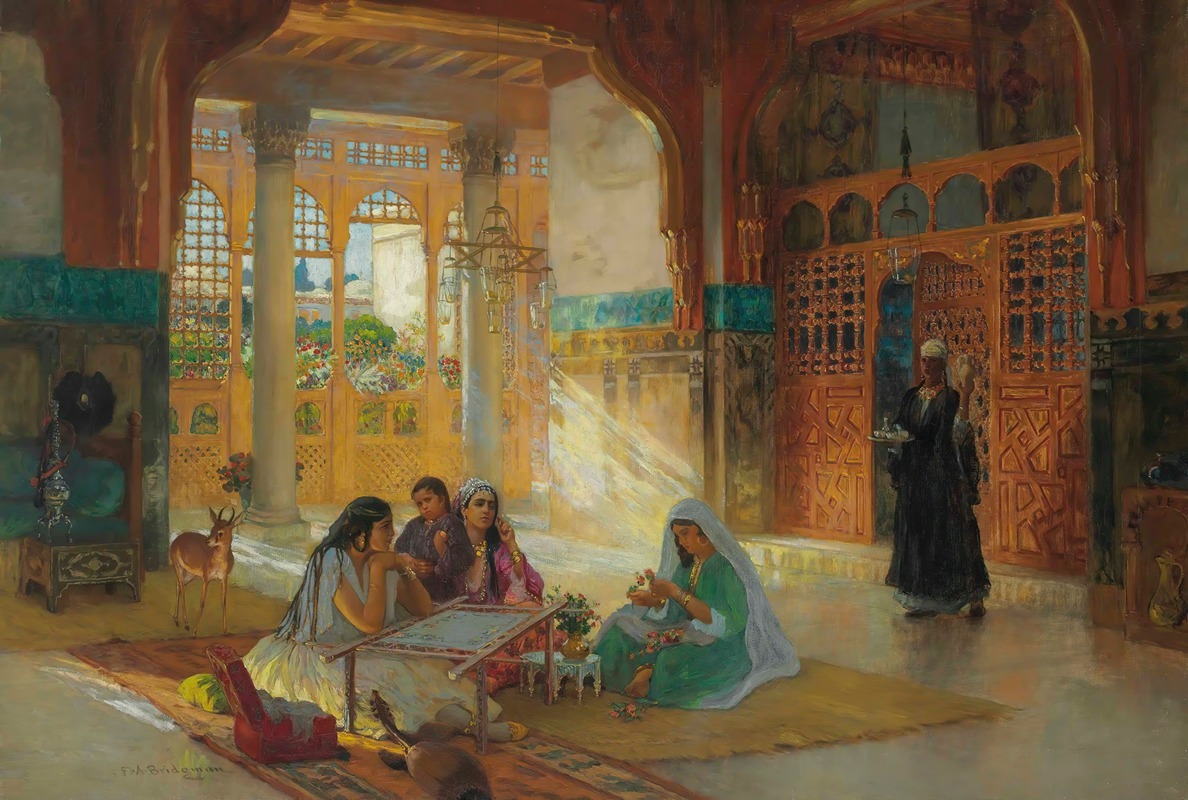
Interieur d’un palais Arabe
A hand-painted replica of Frederick Arthur Bridgman’s masterpiece Interieur d’un palais Arabe, meticulously crafted by professional artists to capture the true essence of the original. Each piece is created with museum-quality canvas and rare mineral pigments, carefully painted by experienced artists with delicate brushstrokes and rich, layered colors to perfectly recreate the texture of the original artwork. Unlike machine-printed reproductions, this hand-painted version brings the painting to life, infused with the artist’s emotions and skill in every stroke. Whether for personal collection or home decoration, it instantly elevates the artistic atmosphere of any space.
Frederick Arthur Bridgman (1847–1928) was an American artist known for his Orientalist paintings, which often depicted scenes inspired by his travels to North Africa and the Middle East. One of his notable works, Interieur d’un palais Arabe (Interior of an Arab Palace), exemplifies his fascination with the architecture, culture, and daily life of these regions.
This painting showcases Bridgman’s meticulous attention to detail and his ability to capture the intricate designs and opulent atmosphere of an imagined Arab palace interior. The artwork features elements characteristic of Islamic architecture, such as ornate arches, geometric patterns, and richly decorated surfaces. These details reflect Bridgman’s interest in accurately portraying the aesthetic and cultural elements he encountered during his travels.
Bridgman was heavily influenced by his time in Algeria and Egypt, where he studied local customs and architecture. His works often blended realistic depictions with romanticized interpretations, a hallmark of the Orientalist movement. Interieur d’un palais Arabe is a testament to this approach, as it combines precise architectural details with an idealized vision of life in an Arab palace.
The painting is executed in oil on canvas, a medium Bridgman frequently used to achieve vivid colors and fine textures. His use of light and shadow in this piece enhances the sense of depth and creates a serene, almost dreamlike atmosphere. The composition invites viewers to explore the space, drawing attention to the interplay of light on the intricate patterns and surfaces.
While Bridgman’s works were celebrated during his lifetime, they have also been critiqued in modern times for perpetuating stereotypical and romanticized views of the East. Nonetheless, his paintings remain valuable for their artistic merit and as historical artifacts reflecting 19th-century Western perceptions of the Arab world.
The current location of Interieur d’un palais Arabe is not widely documented, and specific details about its provenance or exhibition history are not readily available. However, Bridgman’s works are held in various public and private collections, including major museums such as the Metropolitan Museum of Art in New York and the Musée d’Orsay in Paris.
This painting is an example of Bridgman’s broader body of work, which continues to be studied and appreciated for its technical skill and its role in the Orientalist art movement of the 19th century.





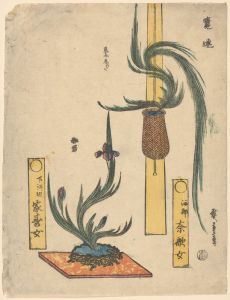
![Interior of the mosque of the Metwalys [Metwalis].](/imgs/217497/s/david-roberts-interior-of-the-mosque-of-the-metwalys-metwalis-d41ed7bd.jpg)
